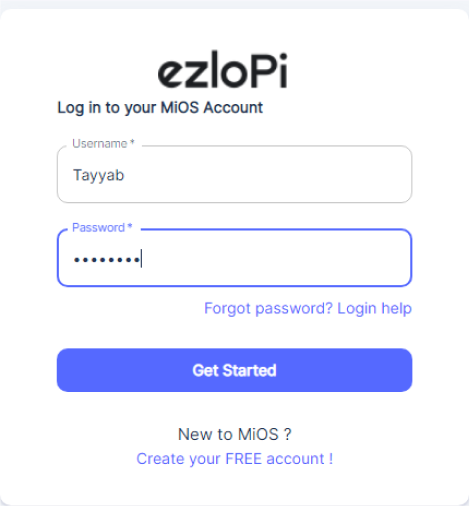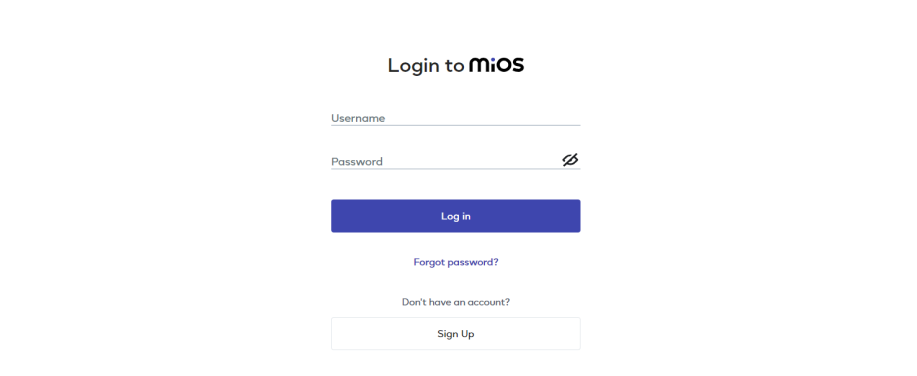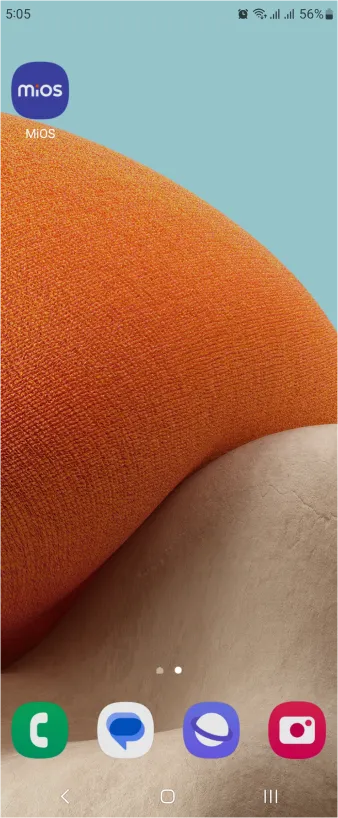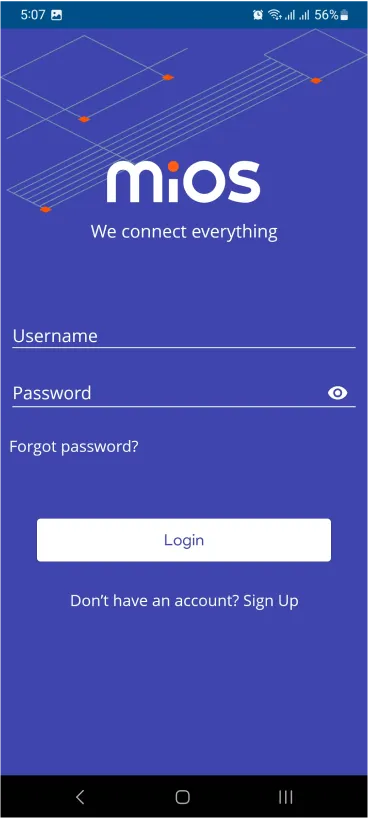
Get an email alert to keep your environment just right!
Humidity alert with EzloPi meshbot email notification
The EzloPi smart devices provide automation through simple, customizable use with our open-source EzloPi platform, making daily life easier and improving human-machine interactions.
Before moving into this example, it is very important to know about the device registration, provisioning and converting the ESP32 device into an EzloPi device along with knowledge of Web Flasher, MiOS Mobile Application for Android/iOS and the MiOS Web Application.
1. About this example
In this project, the DHT22 sensor is interfaced with the EzloPi device. The DHT22 offers a comprehensive and reliable solution for monitoring the temperature and humidity levels. This powerful combination combined with the versatility of ESP32 and the DHT22 sensor can provide users with real-time smart home parameters for a variety of different applications.
This designed system will operate to continuously monitor the humidity levels. If the humidity readings surpasses a predefined threshold set by the user, an email notification is automatically dispatched to the user's Gmail account. This mechanism serves as an alert to notify the user about the elevated humidity levels beyond the set specified limit and take measures accordingly.
2. Circuit Diagram & Interface
The following components are required for interfacing the DHT22 sensor using the EzloPi device:
- ESP32 as an EzloPi smart device.
- DHT22 Temperature and Humidity sensor.
The wiring diagram is represented as follows:


The following connections are made in order to complete the entire circuit setup:
From ESP32 to the DHT22:
- Connect the 5V pin from the ESP32 to the Vin, positive (+) terminal of the sensor.
- Connect the GND pin of the ESP32 to the GND, negative (-) terminal of the sensor.
- Connect the GPIO5 pin of the ESP32 to the OUT pin of the sensor.
3. Interfacing the DHT22 Sensor using the EzloPi Web Flasher:
Set up your device/hardware by visiting config.ezlopi.com

- Log in using the credentials which you just set earlier while signing up.

- Now, click on the Connect Device button and a pop-up window will appear.

Now, select COM Port to which your ESP32 device is connected. In our case, the COM3 port is used.
Click Connect.

- If you are new to this and it's your first time configuring, select Create new Device ID. Enter Wifi SSID and Wifi Password.
- In the Device Configuration, tab click on One Wire.

- A pop up window will open for inputting the following parameters.
- Set a device name of your choosing. In our case, we set it to DHT22.
- Set OUT GPIO to 5.
- Select the Device Subtype as the sensor you are choosing. In our case, we set it to the DHT22 sensor.
- Then Click Apply Button.
- After clicking the apply button you can see a table of your setting in the device configuration tab.
- Press the Flash Device button.
- A window will appear on the bottom right side of the screen displaying “Please press BOOT button while flashing begins.”

- Hold the BOOT button down until the next window appears on the bottom right side of the screen which says “Installation prepared. Please release the boot button now.”

- Release the BOOT button from your ESP32 when this pop-up on the bottom right window appears.

- After some time, a popup will appear saying Device Flashed Successfully! This means that your device has been set up successfully.
4. MiOS Web Application
- After configuring the controller with the EzloPi web flasher, head to ezlogic.mios.com

- Use the same credentials to log in that you used for configuring the controller with the web flasher.

- Here as you can see in the example given above, we can see the DHT22 sensor tile. The first tile shows the humidity being detected by the sensor and the second tile shows the temperature levels being detected by the sensor.

- On the right side of the screen under Automation, click on MeshBots.

- On meshbot screen, click on Create new MeshBot button present on the top right corner of the screen.
- After clicking on Create new MeshBot you will see this now under Automation MeshBot click on Cloud.

- On the next screen you will see that we can create a name of our choosing, in this case we write it as Test003.

- In the trigger tap you can set the TRIGGER for your device and in the ACTION tab you can set the action to be performed based on the trigger which you have created.

- Set these things in TRIGGER section:
- Set Node Type to Device.
- Set the Node to DHT22.
- Set the Capability to humidity_sensor.
- Set the variables to percentage.
- Set the Comparator to Greater (>).
- Set the Value Type to value.
- Set the value to 60(It will trigger when humidity is greater than 60).

- Set these values in the ACTION section.
- Set Controllable Type to Notification.
- Set the User to Your user account but in our case the user account is Tayyab.
- Set the Channels to email,push.
- Set the Subject to Humidity Update.
- Set the Message body info to Humidity has been increased.
- After clicking the apply button you can see a table of your setting in the Current configuration tab.

- After clicking the save button you can see this screen on the top right corner of the screen.

- Here you can see your saved MeshBot. Now click on Dashboard.


- Here you can see your saved MeshBot. Now click on Dashboard.
- Here in the MiOS web dashboard, you can see the humidity is below 60%. In this scenario, email will not be sent to alert the user.
- Now, as you can see that humidity has increased to 88.1% which is more than 60 % .
- In this scenario, an email is generated to the user’s gmail account which can be seen below.
5. MiOS App
You can download the MIOS Android app from the Google Play Store and Apple App Store.
- After downloading the app, proceed to install the application and open it.

- Using the MIOS mobile application, create a new Ezlo Cloud account using the sign-up option. If you already have an account, you may proceed to log in.

- After successfully logging in, you will be able to see the number of controllers connected such as a lamp, fan, or any other device in the MiOS app. Tap on any controller of your desired ID:

- You will be able to see the status of your controller whether it is online or offline. Access the device dashboard, and tap the device. The following view of the dashboard will appear:

- After opening the MiOS mobile dashboard, you will be able to see the tile of your connected device. The SEN18 water leak sensor when combined with a buzzer works as an alarm system for potential water leaks. As seen above, currently no leak is being detected by the sensor.
- When a water leak is detected, the buzzer will be triggered and alert its user as shown.

- After opening the MiOS mobile dashboard, you will be able to see the tile of your connected device. The SEN18 water leak sensor when combined with a buzzer works as an alarm system for potential water leaks. As seen above, currently no leak is being detected by the sensor.
- When a water leak is detected, the buzzer will be triggered and alert its user as shown.


eZlopie Products A single-channel 5V relay module $00.00

eZlopie Products Momentary switch $00.00

eZlopie Products Level Shifter Module (BSS138) $00.00

eZlopie Products ESP32
$00.00

eZlopie Products AC Lamp and Holder
$00.00












